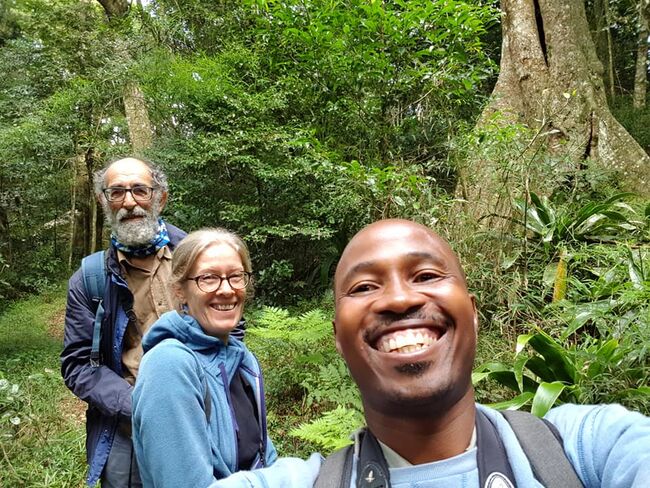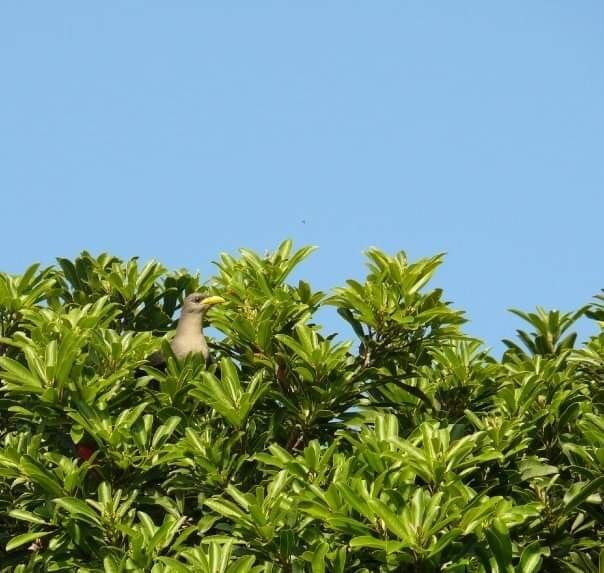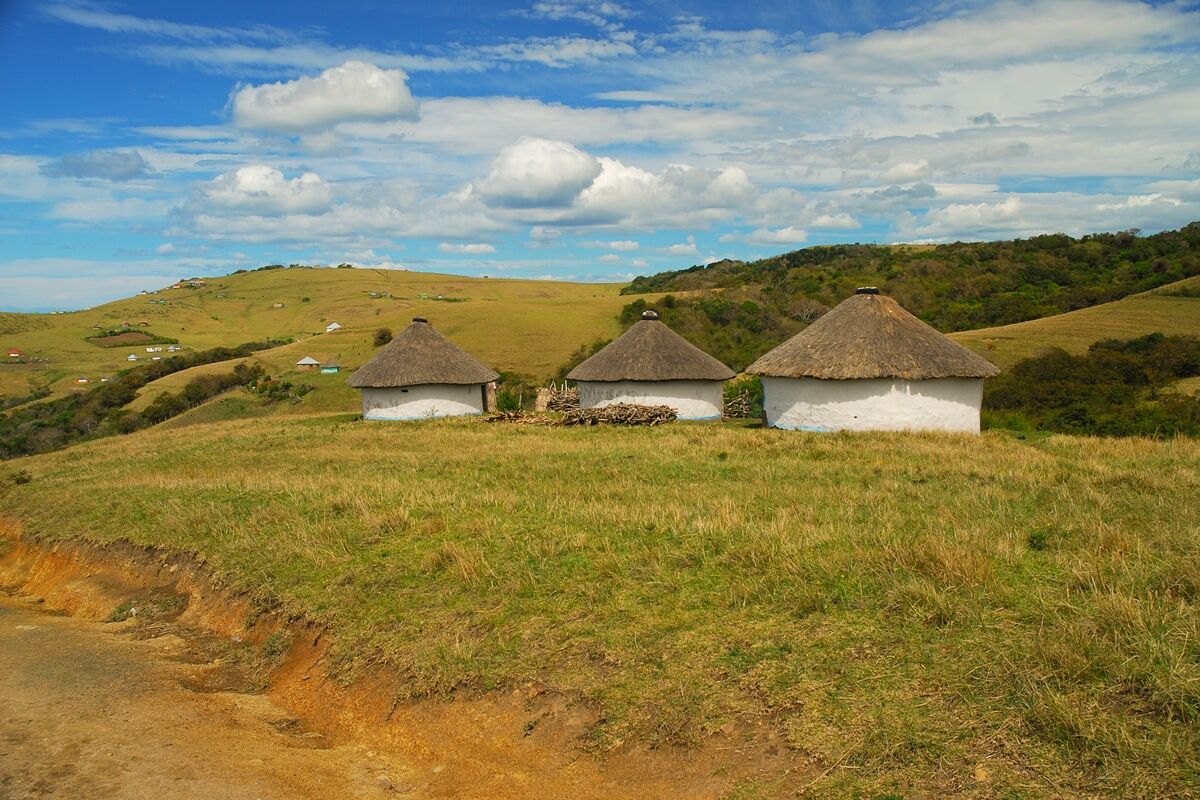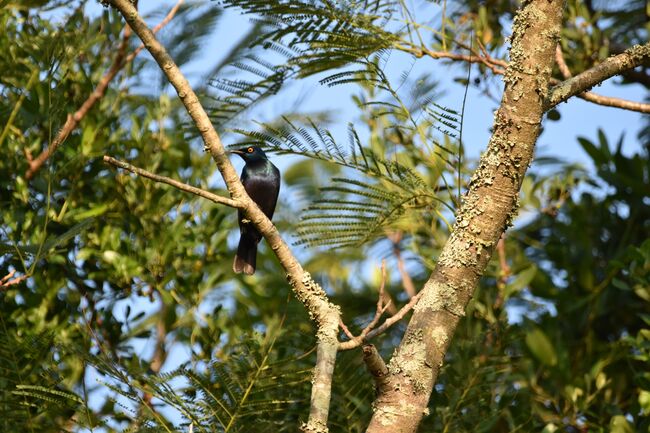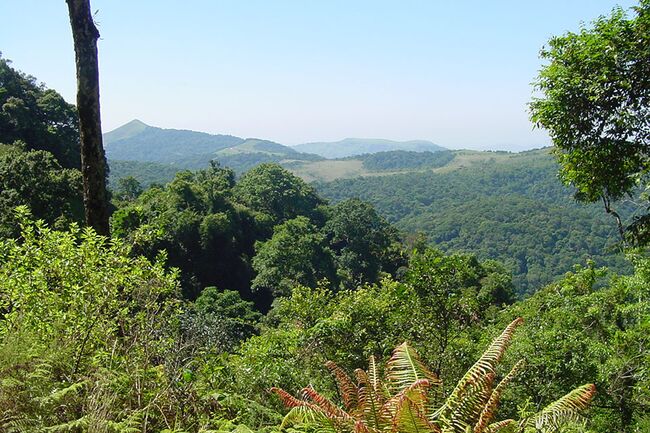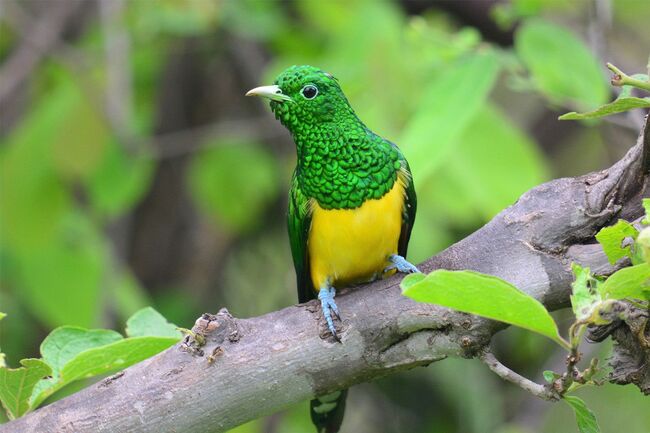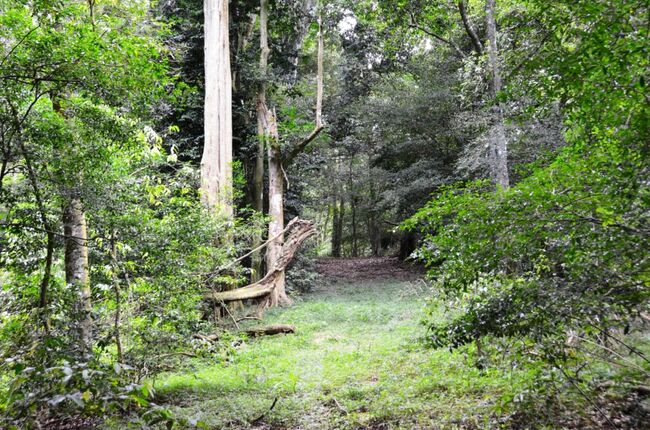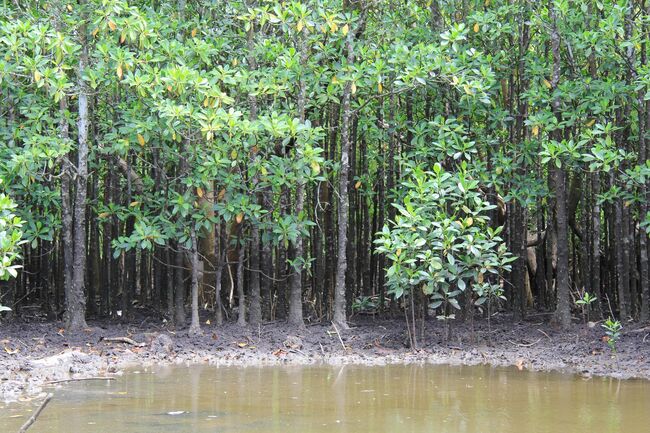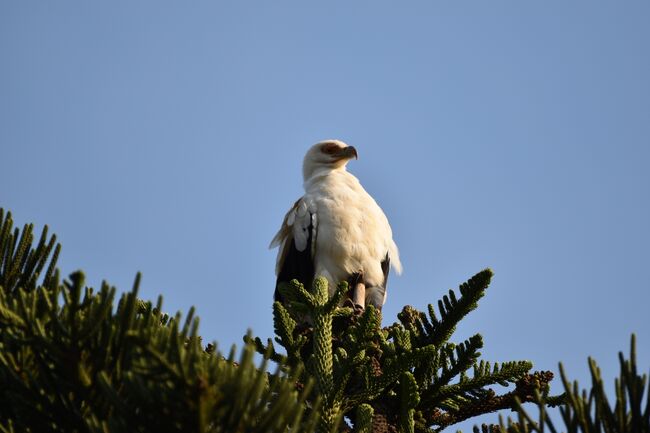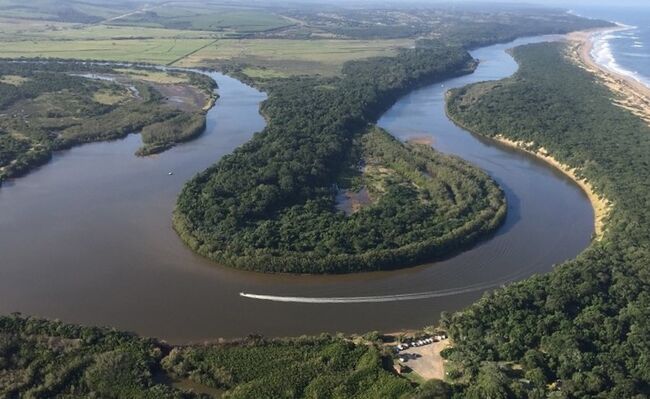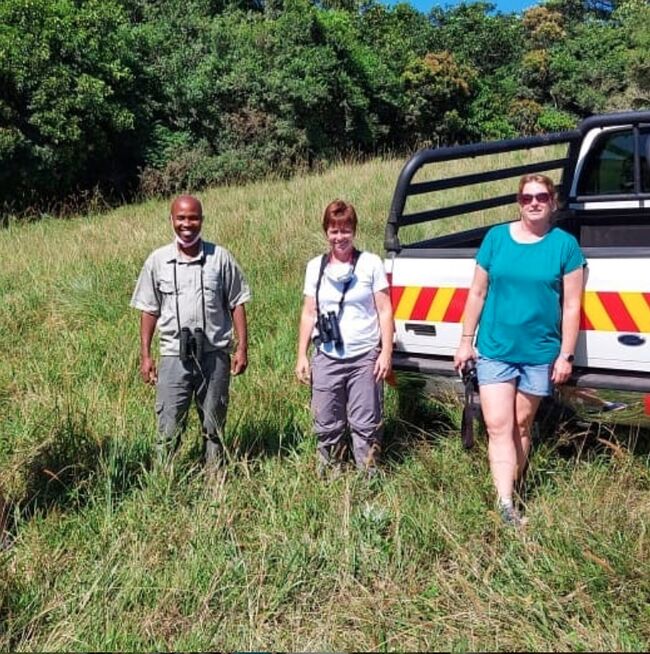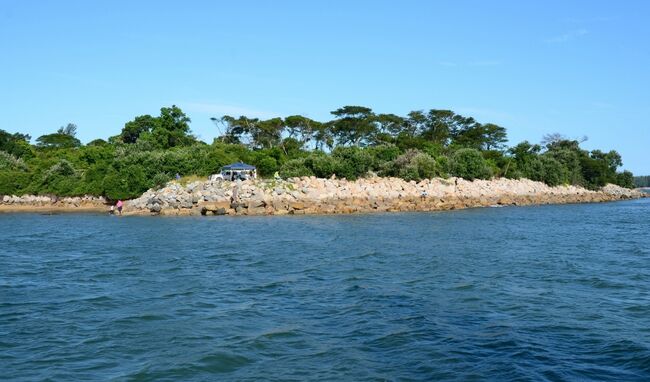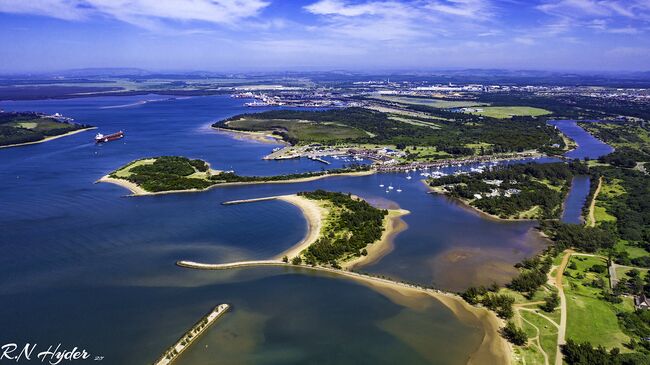All of Zululand is great for birding - different places for different reasons. From the inland forests of Nkandla and Dlinza, to the endless beaches in Mtunzini and Amatikulu. Get lost in Zululand with us. We specialise in the following birding hotspots:
1
Amatikulu
The Amatikulu Nature Reserve is a unique reserve on an estuary that attracts visitors to its rustic natural setting. We regularly visit this reserve for its beauty and great birding spots where you can catch many rare specials.
2
Dlinza Forest/Eshowe
The town of Eshowe is one of the birding hotspots in Zululand. This town is built on the edge of Dlinza forest, an indigenous forest teeming with unique trees, plants and animals.
3
Nkandla Forest
The Nkandla forest is one of the last remaining mist-belt forests, and is one of the largest - at a total of 1600 hectares. It has traditionally been shrouded in mystery and was regarded as the home of various supernatural entities in Zulu history. To this day they are full of a wide variety of plant and animal life.
4
Mtunzini
The town of Mtunzini is regularly regarded as one of South Africa’s birding hotspots. The Umlalazi nature reserve is one of the most untouched pieces of coastal dune forest, with mangroves, raphia palms, and a river estuary to enjoy to your heart’s content. We do tours of the region and can show where to find some of the special birds that live in this unique and pristine part of the world.
5
Ongoye Forest
The Ongoye Forest is a massive forest complex of almost 4000 hectares that is one of the last pieces of ancient Coastal Scarp forest found in South Africa. The rarity of this kind of forest means that it is the exclusive home to many species including 3 cycad species, dwarf chameleons, the Forest Green Butterfly, and the famous woodwardi subspecies of the Green Barbet.
6
Richard’s Bay
Richard’s Bay is the largest city along the North coast of Kwa-zulu natal and is one of South Africa’s largest estuaries. The area is undergoing industrialisation, but the region still offers some of the best opportunities to see a wide range of migrant and resident water and seabirds. For birding, it is best visited with one of Birdlife South Africa’s accredited local guides, such as Junior Gabela.

